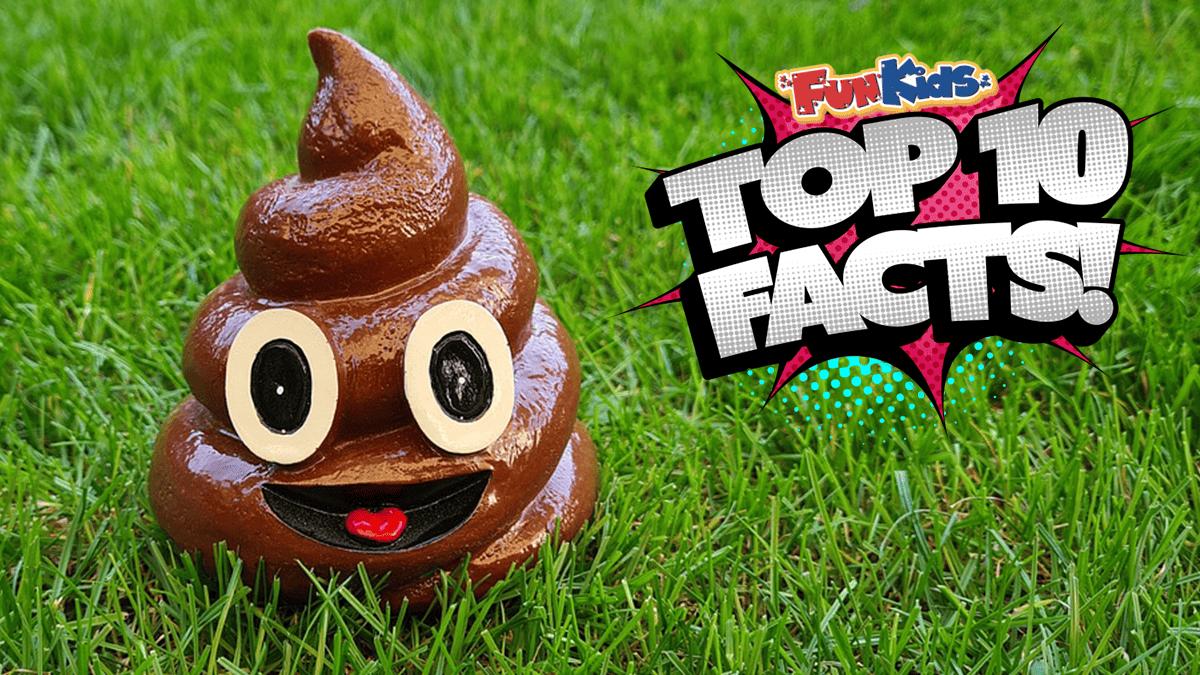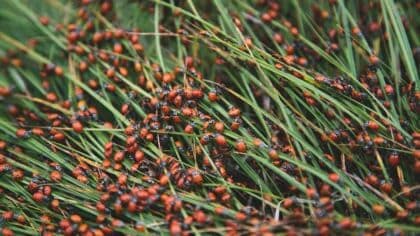But you’ll be surprised how interesting animal poo can be!
Here is all you need to know about animal poo:
1. Animals search poo for food.
Some animals that eat insects actually look through poop to find insects to eat!
Some types of monkeys and birds do this, for example.
2. Bat poo helped fight wars.
During World War I soldiers used dried bat “guano” (another word for poo), to make explosives!
How? Well, the bat’s droppings consist largely of saltpeter (or potassium nitrate), a key ingredient in explosives and fireworks.
Bat guano was also used by United States as early as the War of 1812 for making gunpowder.
And during the Civil War nearly every large Gray Bat cave in the South was harvested for its guano.
3. Sloths have a special poo dance.
Sloths might be known for chilling high up in the trees most of the time, but they journey down every once and a while.
Once a week, they will make a special trip from their tree hang outs to do their “business” in what some experts call THE POO DANCE.
4. Some animals eat their poop!
Lots of mammal herbivores actually eat their parents’ poop!
These include koalas, pandas, elephants, rats, mice and rhinos!
When these animals are babies, they don’t have the bacteria they need in their stomachs to digest the food, so they eat their parents’ poop.
5. Some poop can be used to make coffee.
The most expensive coffee is made from beans that are collected from a palm civet’s poop!
It’s called kopi luwak.
6. Poop Paper.
Elephants produce as much as 50kg of poop per day, and a lot of it is fibrous plant material.
Once their dung undergoes sanitization, the fibers can easily be turned into paper, and then sold.
7. Killer Poop.
Hippos make a lot of poop!
While they graze on land at night, they actually spend a lot of their time in the water during the day to avoid the sun. And they poop in the water, a lot.
The poop accumulates on the river’s bottom, and during the dry season, the water fills with toxic chemicals from all the poop.
Bacteria use up the oxygen that fish need to breathe. which means when there is heavy rain, the poop mud on the bottom is sent downstream in a “flushing flow” that suffocates massive amounts of fish.
8. Wombats have cube shaped poo.
Wombats communicate with their poop.
They stack their poop up as high as they can to advertise their presence to other wombats.
A wombat’s tiny poop mountain is like a smelly flag telling other wombats that they are there.
Having cube-shaped poops makes saying “hello” in wombat much easier since their poop won’t roll around and send their fecal mountain toppling over.
9. Caterpillars shoot poop.
Caterpillars shoot their digested plant matter from their rear ends.
These fecal bits rocket away up to 40 times the length of the caterpillars’ bodies.
By dispersing the waste matter in this way, the bugs attract fewer carnivorous ants.
10. Parrot fish poo becomes sand.
Parrotfish help keep coral reefs healthy by grazing on algae.
As they munch along, their fused, beak-like teeth bite and scrape away at both the algae and the coral that it grows on.
The parrotfishes’ digestive system breaks down those coral bits into the white sands that make South Pacific beaches famous.
Add a commentTop 10 Facts
From the Tudors to rocks to fish, we have all the best facts right here!
More From Top 10 Facts






